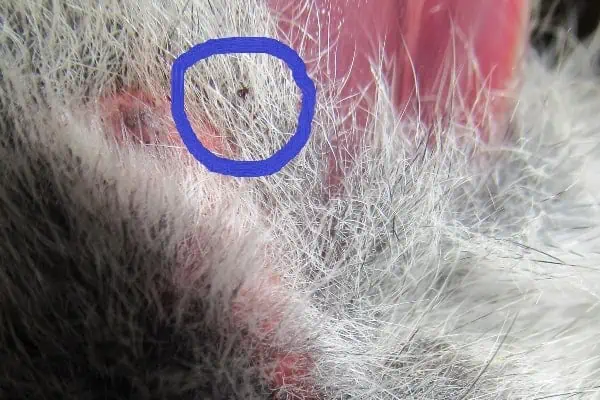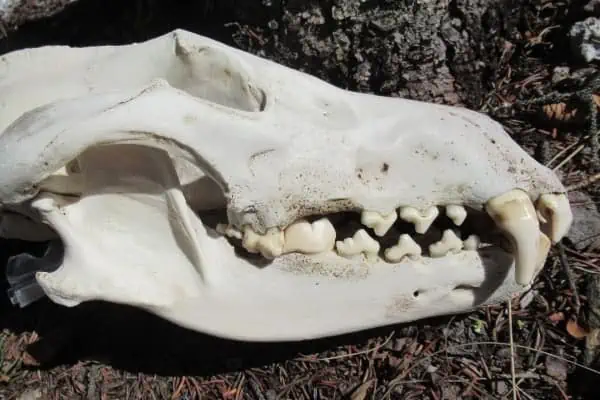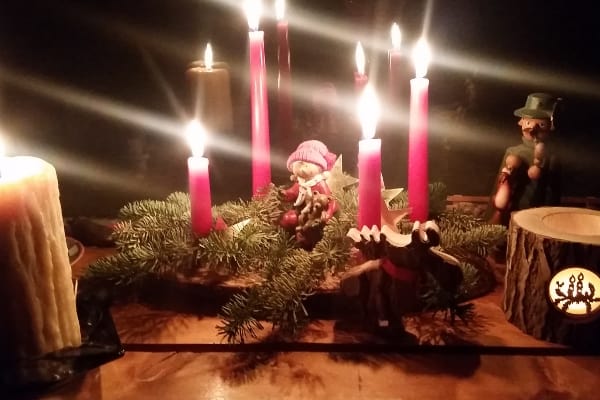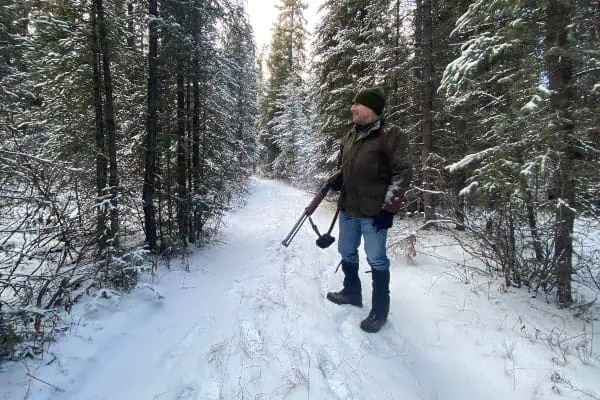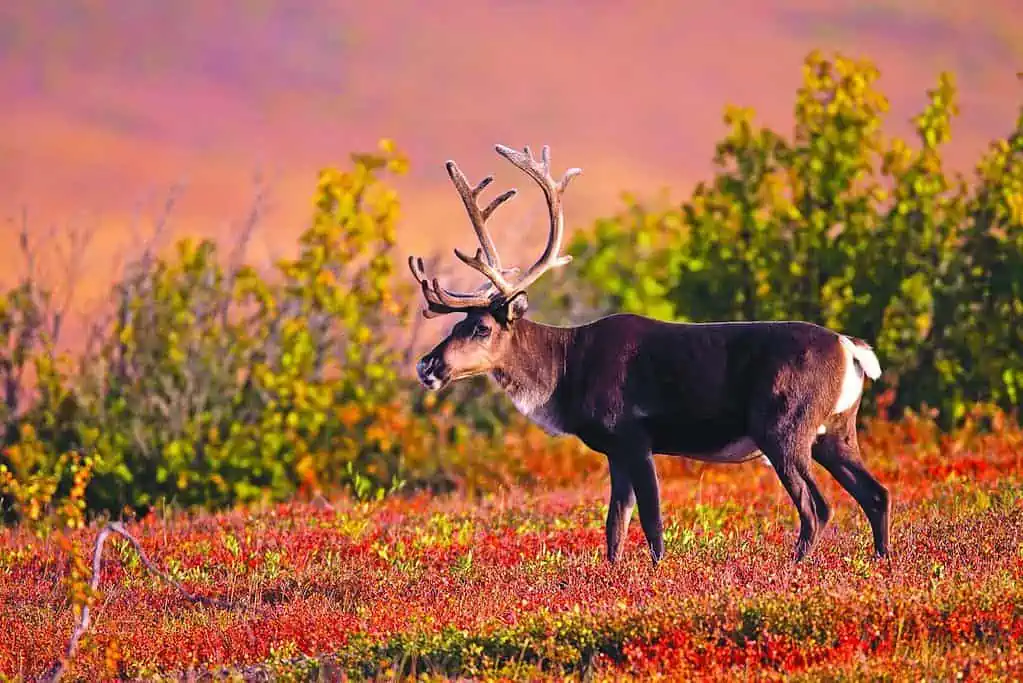
Climate change in the North makes many changes to the growth of our plants, and confuses our animals with more wind, rain and fog. It also affects the river levels. They are constantly rising and dropping, resulting in fishnets needing to be taken out of the river. This constant fluctuation affects our ability to fish.
In the past two years the Porcupine Caribou herd has gradually changed its natural migration route. The Porcupine Caribou is the main food source for the Vuntut Gwitchin people. Each spring, the Porcupine Caribou migrate to their calving ground. There is always excitement in the air when the Porcupine Caribou is on its migration route.
Usually, the cow and calf migrate first. Hunters are not allowed to hunt the cow or calf. Our aboriginal people in the North, here in Teechit (Old Crow), are serious and considerate of the younger generation and only hunt for what they need. Some hunters are thoughtful, kind, and care enough for those less fortunate and hunt for them, as well.
In the past, people who hunted for others only received a word of thanks. Times have changed. Today, lunch, oil, and gas or something needs to be given in return. To do something for someone and receive nothing is a traditional and cultural value.
In the winter, despite the weather, if a particular household did not harvest and have no caribou meat supply, then friends and relatives usually help out. But in February and March some men will go out to hunt for a day. Winter hunting gear consists of a Ski-doo, gas, oil, gun, shells, tarp, matches, knives, axe, tent and lunch, too! In the summer the Ski-doo is replaced by a good boat and motor.
When caribou is harvested, the men skin and butcher the caribou on site. The caribou is then taken home and delivered to a cache where a fire is made to smoke the meat. The men’s job is now done. While the men are gone hunting, the women clean out the cache and bring in freshly cut willows to place the caribou meat on. They also make sure the wood is ready, the freezer is clean and ready, and that the freezer bags are also ready.
When the men bring the caribou that is when the women’s work begins. All the butchering is mostly done by the women. Parts of the caribou are separated by purpose. The meat can be boiled, roasted, fried, ground, and made into jerky. All is stored for the long winter months.
Making caribou jerky is the last task for women since this process takes about a week. Wood stove heat is the best way to dry caribou jerky. The meat is hung in thin slices from long wood poles hanging horizontally from the ceiling in people’s homes. Recently I have become aware that some spices are being added to the caribou jerky to add flavour, yet that was not something that was done in the past.
Some of us use traditional knowledge given to us by elders to tenderize the caribou neck and use the meat to make pemmican. Pemmican is made with caribou meat and mixed with melted caribou fat shaped into small balls (golf ball size) and frozen. It is taken out of the freezer when needed on a long winter trip on the land; it is very filling and easy to carry.
Living in a small remote community like Teechit, Yukon, is very special to me. It allows me to find myself and to put into practice all that I was taught from my parents and elders in my surroundings. The resources are right here: in the air, on the land, and in the rivers. I am now an elder myself. I had many years of observing, learning, practicing, and actually doing whatever may be considered cultural or traditional by some; to me it is simply the Vuntut Gwitchin way of life.

